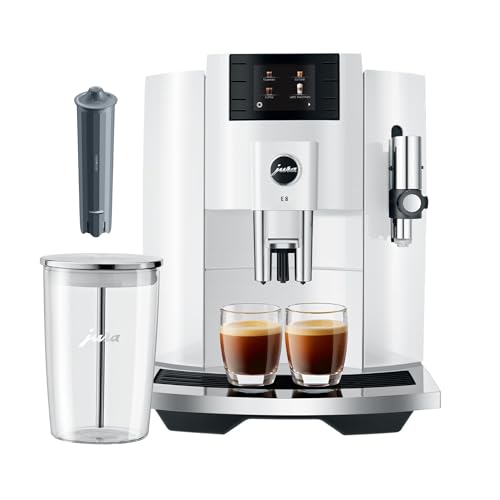If you’ve ever peered into the void of the coffee maker and wondered what actually happens when hot water meets ground coffee, you’re not the only one. Extraction is the secret to great coffee, and knowing about it is essential for any aspiring home barista.
When you brew coffee, you’re not just mixing ingredientsyou’re triggering a complex chemical reaction that determines the flavor, body, and balance of your cup.
What Is Coffee Extraction?
In simplest terms, extraction is dissolving the desired (and undesired) compounds from coffee grounds into water.
There are over 1,000 aromatic compounds contained in the coffee beans, but they do not get extracted at the same pace. Some of them dissolve quickly (like acids and fruitiness), while others—such as bitters and body-building compounds—are extracted much more slowly.
The Three Phases of Extraction
Early Stage (0–15%)
This phase pulls out acids and floral, fruity flavors. If you under-extract your coffee, you will mostly be savoring those—resulting in a sour or biting taste.
Middle Stage (15–25%)
Here, sweetness, richness, and balance enter the picture. This is the optimal point where the majority of coffees really shine.
Late Stage (25%+)
The bitter, dry, and astringent chemicals start making their presence felt. Over-extracted coffee is tough and not pleasant.
Your goal as a home barista? Stay in that 18–22% extraction range. That’s where the magic happens.
Variables That Influence Extraction
Grind Size
A finer grind means more surface area, which increases extraction speed. Coarser grinds slow it down. (Remember your V60 vs. French press?)
Water Temperature
Ideal brewing temps range from 195°F to 205°F (90–96°C). Too hot, and you’ll over-extract. Too cool, and flavors stay locked inside the grounds.
Brew Time
Every method has its sweet spot. A shot of espresso may only need 25 seconds, while cold brew might steep for 12 hours.
Agitation
Stirring or blooming the grounds can increase contact and improve extraction. Over-agitation, however, risks uneven results.
Coffee-to-Water Ratio
A common starting point: 1 gram of coffee to 15–18 grams of water. This ratio affects both strength and extraction level.
How to Know If You’re Doing It Right
Under-extracted coffee tastes sour, watery, and flat.
Over-extracted coffee tastes bitter, dry, and unpleasant.
Well-extracted coffee strikes a balance: sweet, round, aromatic, smooth.
Tasting your brews regularly—and tweaking one variable at a time—is the fastest way to improve.
How Extraction Applies to Different Brewing Methods
Espresso: Short brew time, high pressure, very fine grind. Demands precise control.
Pour-Over: Medium grind, medium brew time. Offers clarity and balance.
French Press: Long steep time, coarse grind. Extracts strong and full flavors.
Both use the same science. When you understand extraction, you can master any brewing technique.
This knowledge translates guesswork
Great coffee isn’t magic it’s chemistry. With understanding of extraction and how to manipulate it, you’ll have full control over your brew. This knowledge translates guesswork into precision, and casual coffee-brewing into an art.
So the next time you’re brewing, be a barista and brew intentionally.












